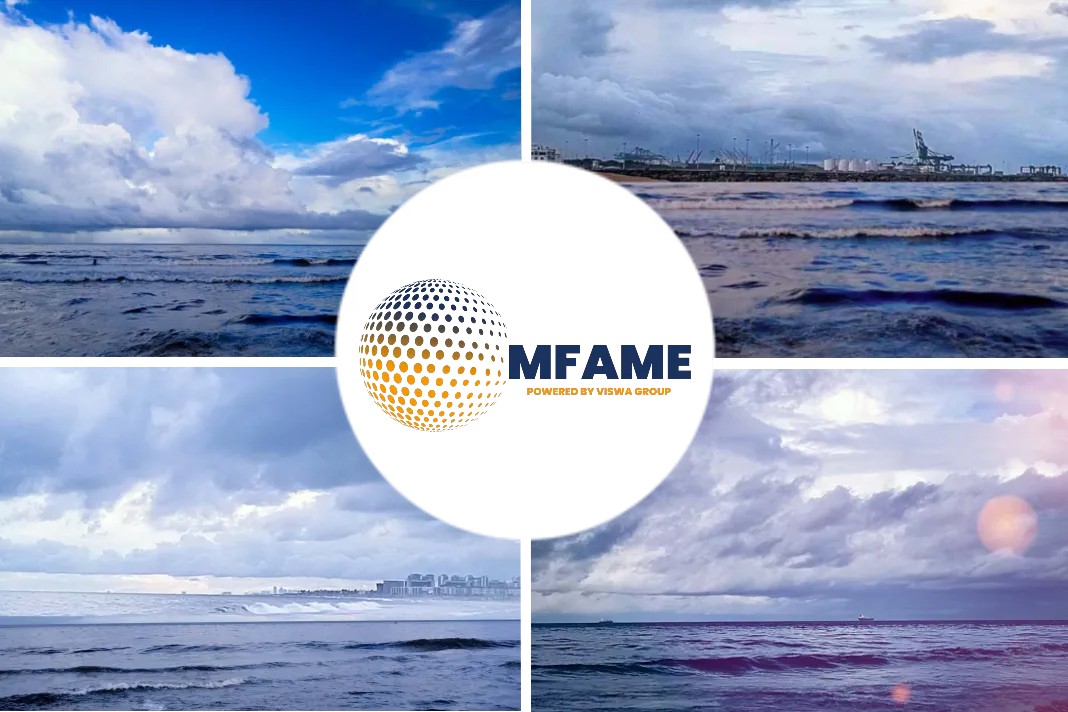
According to an IR Class update, this is about changes to SOLAS II-1, Reg.3-8 about new requirements and guidelines for towing and mooring equipment.
- New towing and mooring equipment regulations, effective from January 2024, enhance maritime safety.
- Revised rules apply to various ship categories, requiring safe equipment, clear markings, and improved mooring arrangements.
- Inspection and maintenance guidelines, alongside compliance checks, ensure a safer course at sea.
Regulatory Amendments Take Center Stage
IMO’s adoption of MSC. 474 (102) marks a pivotal moment, with the amendments to SOLAS Ch.II-1, Reg. 3-8 becoming operational from 1 January 2024. These revisions lay the foundation for safer and more secure towing and mooring operations across the maritime spectrum.
Navigating the Applicability Matrix
The revised regulations come with a structured applicability framework based on a ship’s construction date:
- Ships constructed on or after 1 January 2007 will adhere to existing requirements detailed in paragraphs 4 to 6 of Regulation II-1/3-8.
- For ships falling under specific categories—such as those with building contracts after 1 January 2024, keels laid after 1 July 2024, or deliveries after 1 January 2027—new requirements outlined in paragraphs 7 and 8 of the regulation will apply.
- From 1 January 2024 onwards, all SOLAS ships, whether existing or new, will be subject to these new requirements.
A New Horizon of Safety Standards
Ships falling under the aforementioned categories are mandated to comply with a set of new requirements:
- Ships must be outfitted with arrangements, equipment, and fittings that boast a safe working load. This is essential for the secure execution of towing and mooring operations in alignment with the ship’s regular activities. Compliance with MSC.1/Circ. 1175/Rev.1 is key here.
- Each piece of equipment or fitting installed under the new regulation must be clearly marked with operational limitations. These limitations are to be established while factoring in the structural strength of the ship and its attachment points.
- Vessels with a gross tonnage exceeding 3,000 must design mooring arrangements and select equipment and lines to ensure occupational safety and secure mooring. Guidelines from MSC.1/Circ. 1619 are to be followed, and ship-specific information must be accessible onboard.
- Ships with a gross tonnage below 3,000 are encouraged to adhere to mooring arrangement design guidelines, either reasonably practicable or in line with applicable national standards.
Setting Sail with Enhanced Inspection and Maintenance
Effective from 1 January 2024, a new set of inspection and maintenance requirements will come into play for all ships:
- Mooring equipment, including lines, must undergo regular inspections and be maintained in optimal condition for their intended functions, in line with MSC.1/Circ. 1620 guidelines.
- Clear procedures for mooring operations, inspections, and equipment maintenance must be established onboard, taking into account industry best practices found in MSC.1/Circ. 1620.
- Ships are required to put in place procedures that enable the identification and control of mooring lines, tails, and associated attachments.
- Regular inspection of mooring lines, mooring line tails, and associated attachments must be incorporated into the onboard maintenance plan or equivalent maintenance management system.
- Manufacturers’ criteria for replacing mooring lines are to be available onboard, ensuring seamless upkeep.
- Records detailing the original design concept, equipment, arrangement, and specifications must be kept onboard.
Did you subscribe to our daily newsletter?
It’s Free! Click here to Subscribe!
Source: IR Class
























